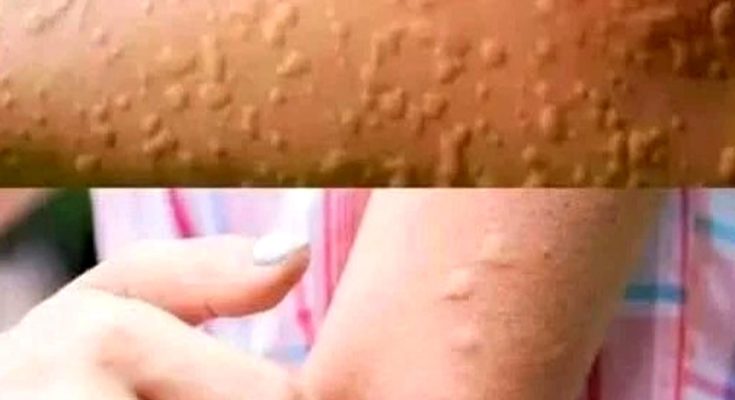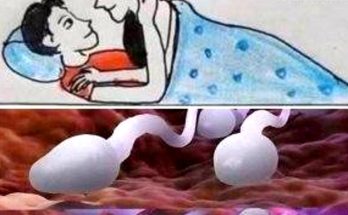Skin reactions, such as the raised bumps seen in the image, can be alarming. While they may appear suddenly, their causes can range from mild allergic reactions to more serious underlying health conditions. Understanding what might be causing these bumps is essential for proper care and treatment.
Common Causes of Skin Bumps
-
Allergic Reactions
- Skin bumps can be triggered by allergens such as pollen, certain foods, insect bites, or contact with irritants like soaps, cosmetics, or fabrics.
- These reactions often come with redness, itching, or swelling.
-
Hives (Urticaria)
- Hives are raised, itchy welts that appear suddenly due to allergic reactions, stress, or infections.
- They can disappear within hours or persist for several days.
-
Heat Rash (Miliaria)
- Common in hot and humid weather, heat rash occurs when sweat gets trapped under the skin, leading to red or clear fluid-filled bumps.
- It is most common on the arms, neck, and back.
-
Insect Bites
- Mosquitoes, bed bugs, and other insects can cause red, itchy bumps that may swell or become painful.
- Some people experience stronger reactions due to allergies.
-
Skin Infections
- Bacterial or fungal infections, such as folliculitis or impetigo, can cause raised bumps that may contain pus or spread if untreated.
-
Dermatitis and Eczema
- Chronic skin conditions like eczema cause dry, itchy, inflamed patches that may develop into bumps.
- Contact dermatitis results from exposure to irritants or allergens.
-
Autoimmune Conditions
- Conditions like lupus or psoriasis can cause rashes and bumps due to immune system overactivity.
When to Seek Medical Attention
- If the bumps spread rapidly or worsen over time.
- If they are accompanied by fever, swelling, or difficulty breathing (possible severe allergic reaction).
- If they persist for weeks without improvement.
- If there are signs of infection, such as pus, extreme redness, or warmth around the area.
How to Prevent and Treat Skin Bumps
- Avoid known allergens and irritants.
- Keep skin clean and avoid scratching to prevent infection.
- Apply antihistamine creams or take oral antihistamines for allergic reactions.
- Use cool compresses to reduce itching and swelling.
- See a dermatologist if symptoms persist or worsen.
Conclusion
Skin bumps can be caused by a variety of factors, from mild irritation to underlying medical conditions. While many cases resolve on their own, persistent or severe symptoms should not be ignored. If you’re experiencing unexplained skin changes, consult a healthcare provider for a proper diagnosis and treatment plan.



